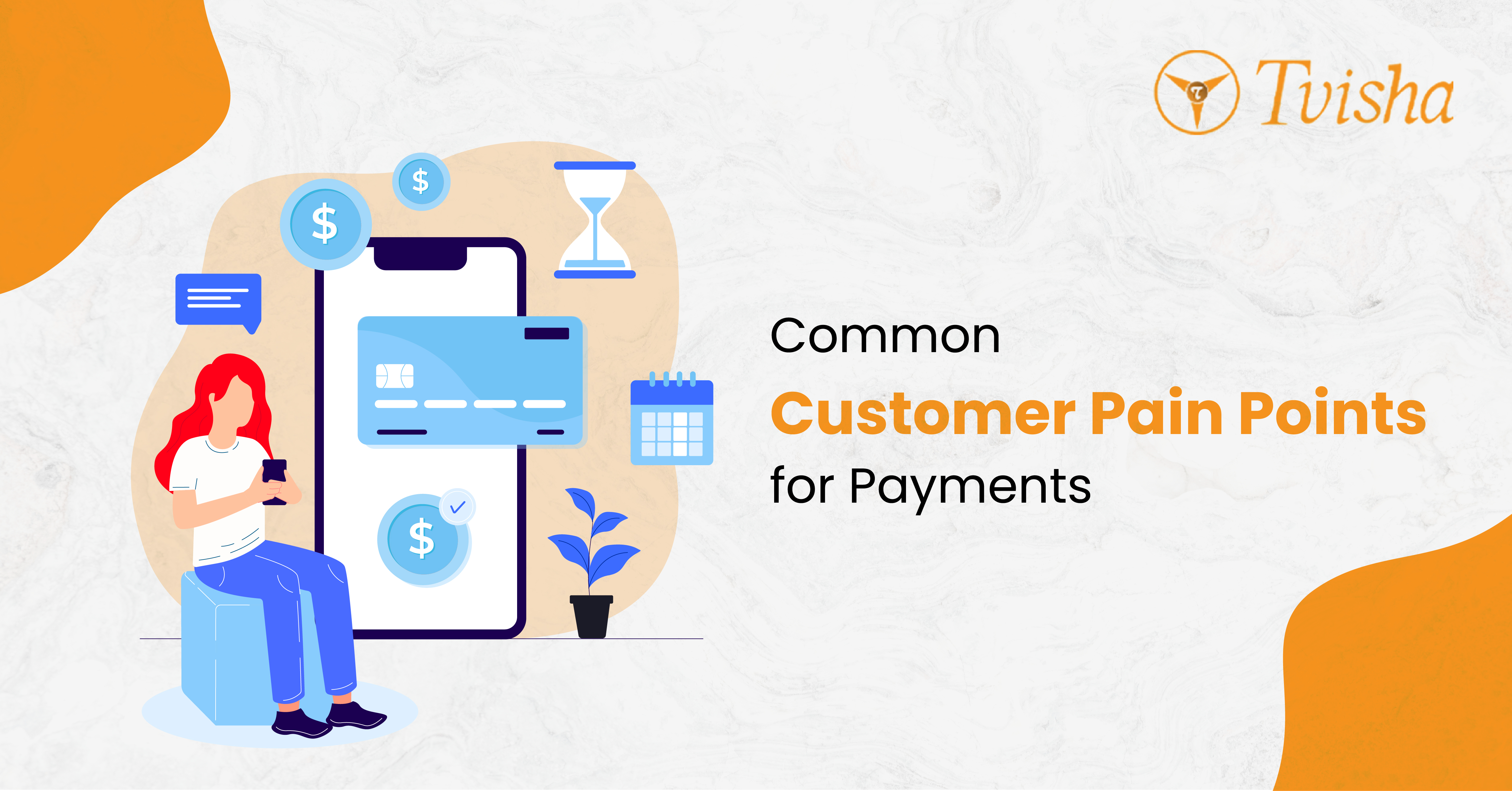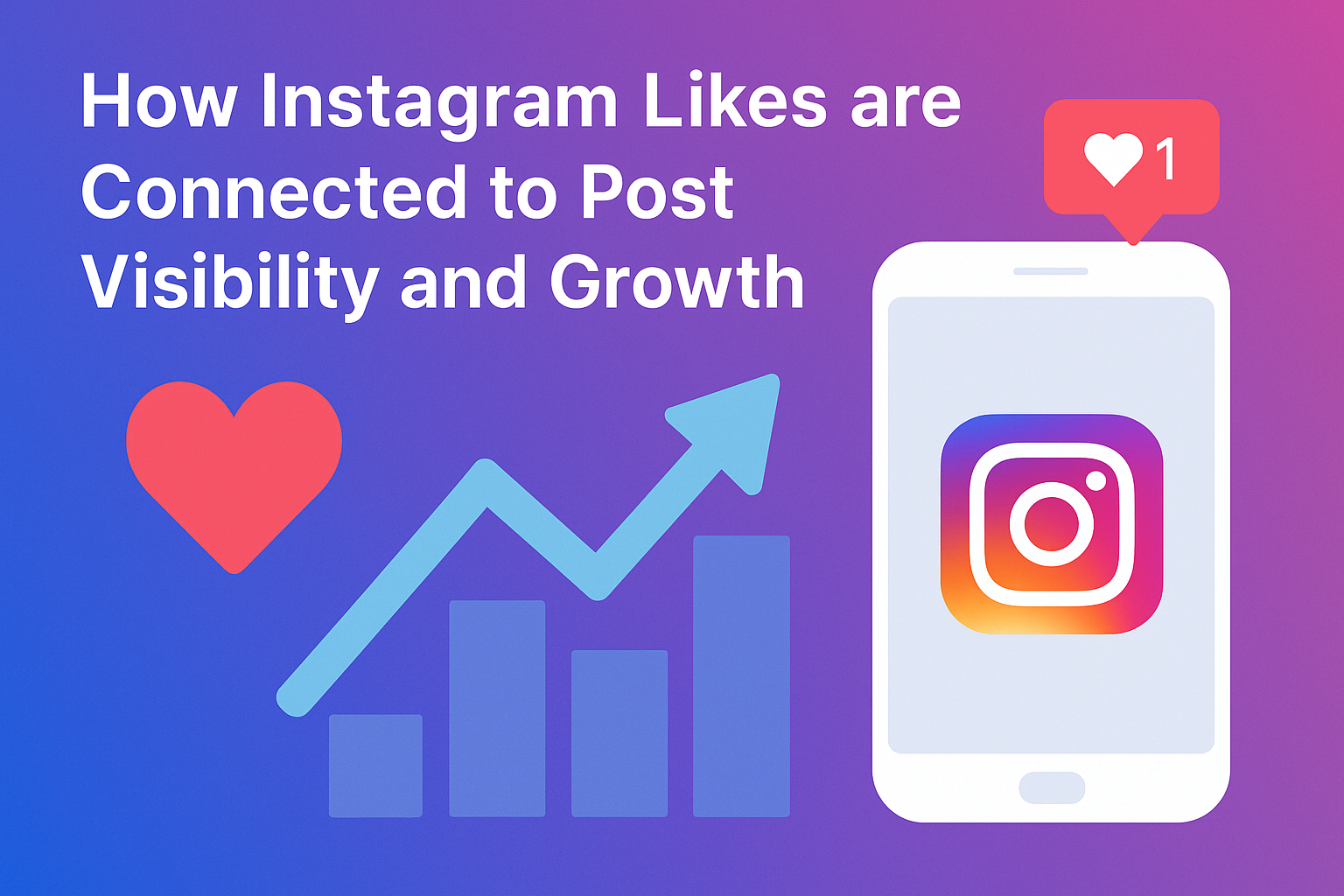
5 Common Customer Pain Points for Payments and What to Do About Them
Creating a positive online shopping experience is essential for driving sales, cultivating customer loyalty, expanding your customer base, and improving your brand’s image. When the shopping process—from browsing to making the payment—is an enjoyable one, consumers will have a favorable impression of your business, which encourages repeat purchases and brand advocacy. However, creating this kind of experience can be challenging, especially when it comes to the checkout stage.
Limited Payment Options
A great way to expand your business's payment options is by partnering with a reputable payment solutions company. Maya Business, for instance, has products that enable you to accommodate customers who want to pay using cashless methods or digital platforms. One such product is Maya Checkout, a payment gateway Philippines’ small online and e-commerce businesses trust. This payment solution enables small businesses to accept payments via credit cards, debit cards, e-wallets, and other emerging forms of digital payments. It can be easily integrated directly into your website or added as a plugin if you’re using Shopify or WooCommerce.
Complex Payment Processes
When the payment process involves multiple steps, requires excessive information, or lacks clarity, customers are likely to feel overwhelmed or confused. This can create a negative impression of your business, making it appear cumbersome or out-of-touch with modern conveniences. A complicated checkout process can also increase the likelihood of errors and reduce customer satisfaction, which makes ease of use in the payment process even more critical.
Simplifying your payment process requires solutions that streamline the checkout experience. This involves adopting a user-friendly interface that features clear, concise instructions to make the entire process more intuitive. You can also reduce the number of required fields or offer one-click payments to expedite transactions and minimize customer effort. To further enhance the user experience, consider integrating autofill features and allowing customers to save their payment information securely for future transactions.
Hidden Fees and High Fees
Hidden fees and high transaction fees can lead to feelings of mistrust and resentment, discouraging customers from completing their purchases. This not only affects immediate sales but also damages a business’s long-term reputation because customers may view the business as deceptive or untrustworthy. Thus, being transparent with your customers is essential. By clearly communicating any fees associated with transactions right away, you can avoid creating any surprises at the final stage of checkout.
Security Concerns
Customers are increasingly aware of the risks of online transactions, such as data breaches and fraud. With that said, it isn’t surprising that some customers may be reluctant to share their payment information for fear that it might be compromised. To alleviate security concerns, you have to implement stringent security protocols to protect your customers’ data and privacy, as well as your business’s reputation.
Utilizing encryption technologies like SSL certificates can protect sensitive information during transmission. You can also comply with industry standards like the PCI-DSS (Payment Card Industry Data Security Standard) to demonstrate your commitment to data security. Additionally, regular security audits and updates should be conducted to address emerging threats. Implementing secure payment processes reassures customers that their payment information is safe, thereby enhancing trust and protecting your reputation.
Poor Customer Service or Support
This typically includes setting up various support channels, such as phone, email, live chat, and social media, to ensure that you can cater to different customer preferences. You can also implement self-service options, like comprehensive and easy-to-locate FAQs and troubleshooting guides, to empower your customers to resolve issues independently. Additionally, train your support staff to handle payment-related queries in an efficient yet empathetic manner. With these solutions in place, you can enhance the overall payment experience while strengthening your reputation for reliability and responsiveness.
Actively addressing common payment pain points is essential for ensuring a smooth customer experience. When you implement customer-centric solutions, you can reduce friction in transactions and at the same time demonstrate your business’s reliability and customer-focused reputation.


_Step-by-Step_Guide.jpg)














 Whatsapp
Whatsapp
 Email
Email


